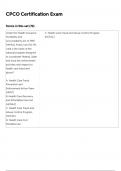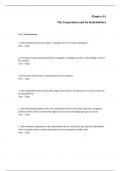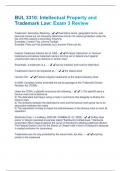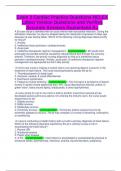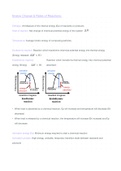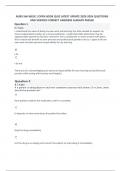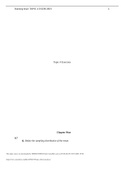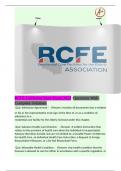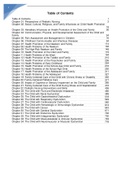Summary
Summary Chamberlain College of Nursing - NR 566 final study guide / NR566 Week 5 Study Outline (latest spring 2020)
- Course
- Institution
Summary Chamberlain College of Nursing - NR 566 final study guide / NR566 Week 5 Study Outline (latest spring 2020)NR566 Week 5 Study Outline Chapter 18: Drugs Affecting the Hematopoietic System • Know the pharmacodynamics, pharmacotherapeutics clinical use, drug interactions and adverse drug rea...
[Show more]




